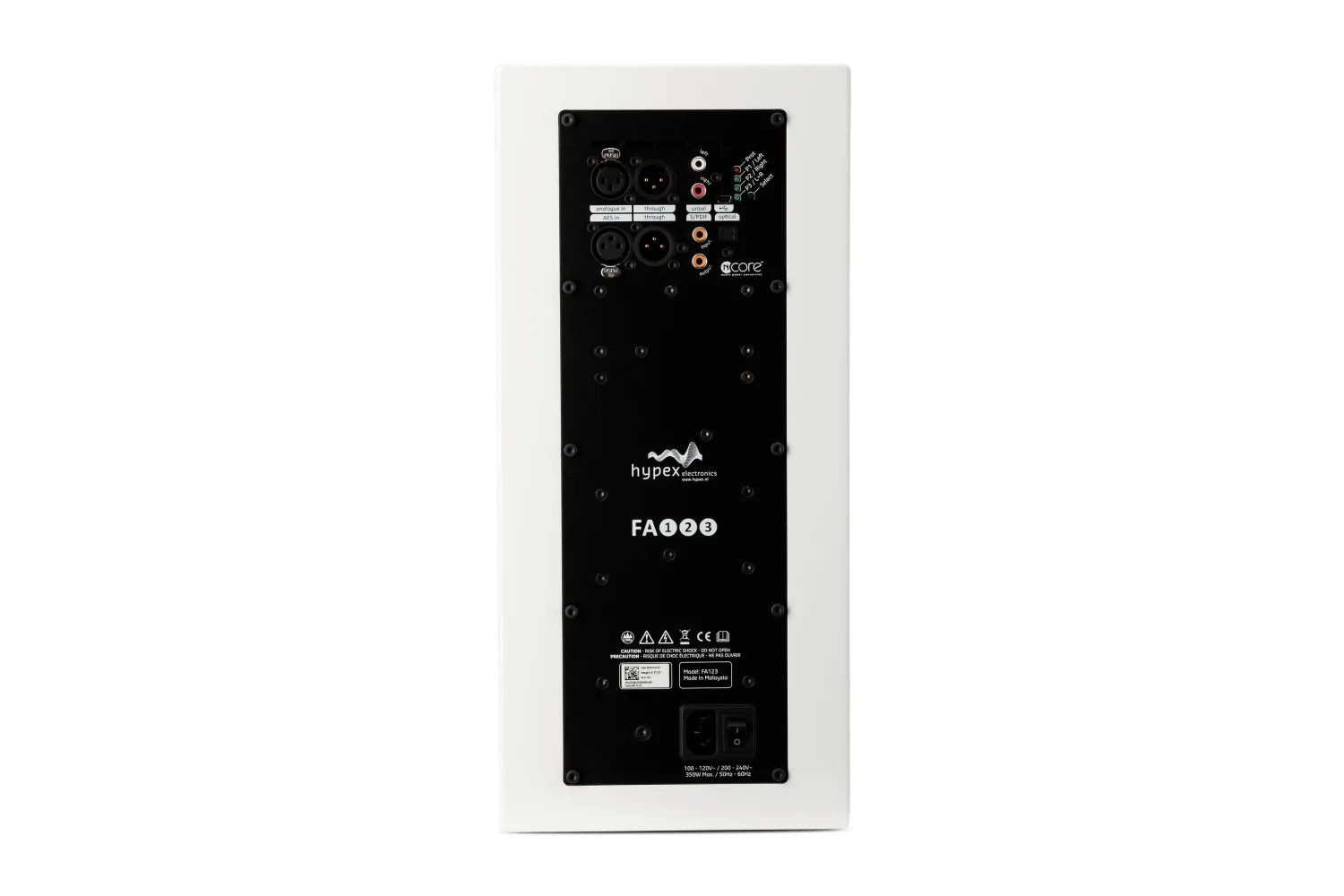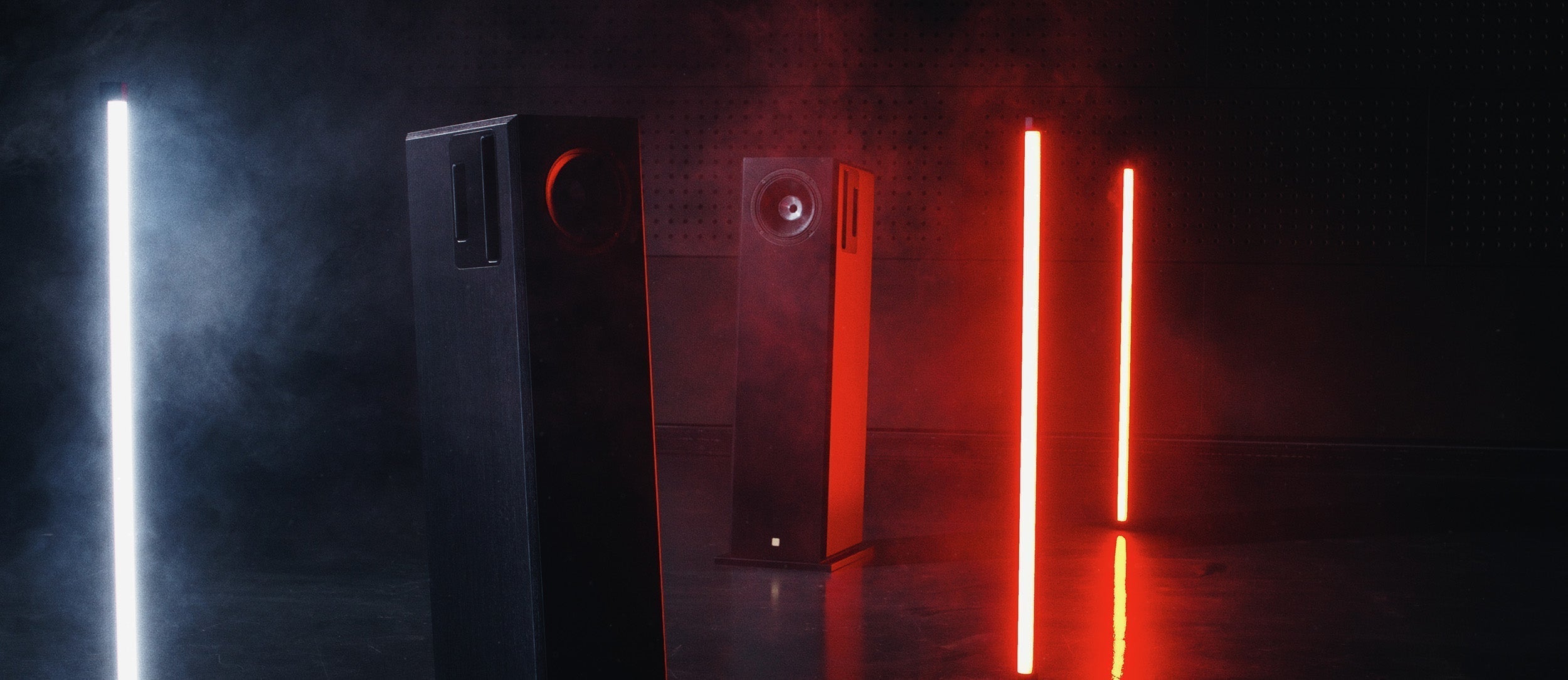Introduction
The audio industry is a conservative one. This is true both when it comes to manufacturers as well as the customers. Why change what works? Active loudspeakers have existed for decades, but have only recently started to slowly gain ground against the traditional, passive speakers. And it's long overdue. Let's examine what's different with an active speaker, and why it's the best choice.
Amplification
An obvious difference is the way an active speaker is powered. Active speakers have built-in amplification, and often individual amplifier channels for each driver. This enables the manufacturer to provide the proper amplification required to get the maximum out of each driver. This also means you don't have to worry about finding the correct amplifier matching your speakers, and can save the expense of a power amplifier. All you need is a good preamplifier and/or streamer with volume control.
Crossover
A crossover is a network that directs the different parts of the frequency range to the different drivers in your loudspeaker. Passive speakers have a physical crossover consisting of passive components and circuitry. These are less accurate than their digital counterparts, and also less effective, lowering the sensitivity of the speakers. A high quality, passive crossover will also be expensive.
In modern, active speakers you have digital sound processing where the crossover network exists in the digital domain. Digital crossovers can be made far more accurate and also far more complex than a passive crossover without any loss of sound quality. Handling the crossovers digitally before amplification is also more effective.
In practice
While a passive speaker only requires loudspeaker cables from your amplifier, an active speaker requires power, since it has an amplifier built into it. It also requires a signal cable from your preamp or source, typically an RCA or XLR cable. You will also find that a comparable active speaker will often look more expensive than a passive speaker, at least until you factor in the fact that there are one or even several amplifiers built into it.
In summary
Now you know the basic difference of a passive and active speaker. An active speaker done right has several advantages as outlined above, which is why Sigberg Audio makes exclusively active speakers and subwoofers. Learn more at our homepage!






